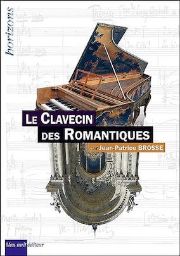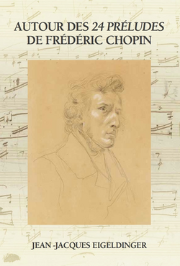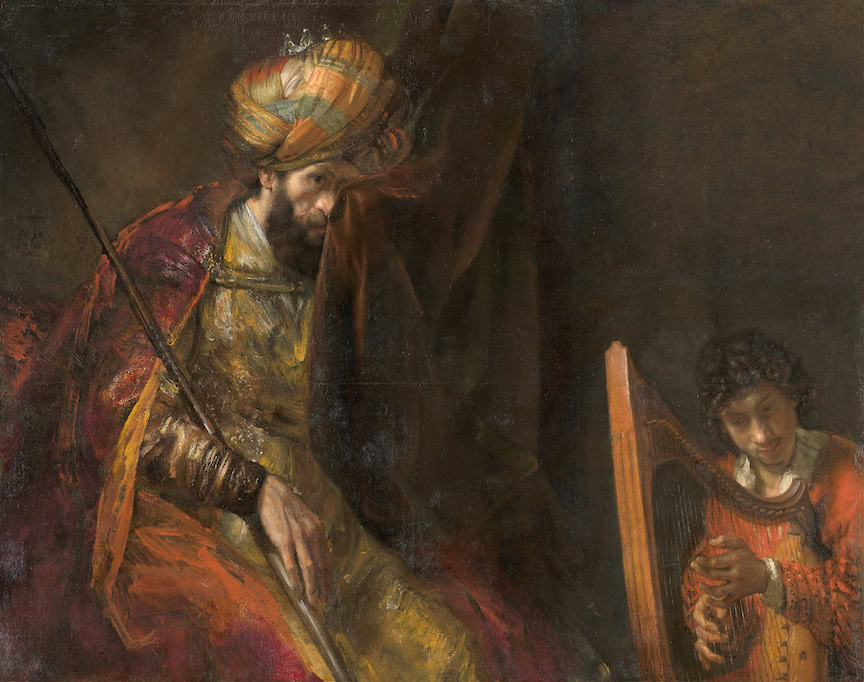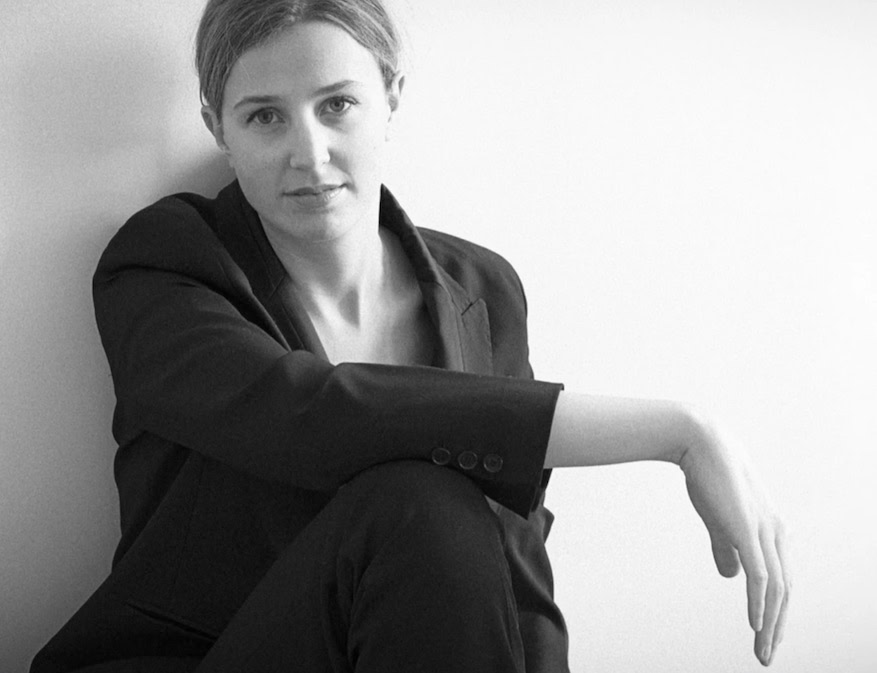Two aspects of keyboards in the 19th century
Presentation of two books, one dedicated to the decline and revival of the harpsichord, the other to Chopin's Preludes for piano.
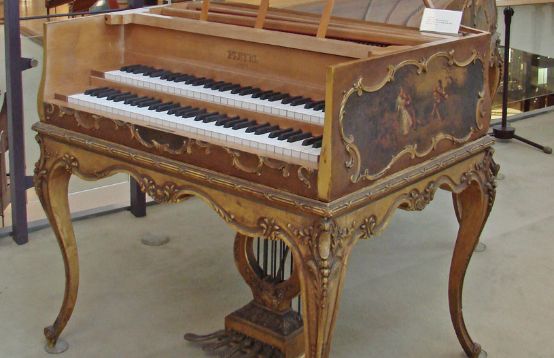
Following two other books in the same series, devoted to the Louis-Quatorzian and Enlightenment harpsichords, Jean-Patrice Brosse examines the ineluctable decline, discreet survival and gradual revival of the plucked instrument. In the last third of the 18th century, faced with the fortepiano about to dethrone it, the harpsichord was equipped by makers such as Taskin or Erard, among countless other inventions, with stops in which leather or buffalo skin, with a softer sound, replaced feathers, or with a gradual addition of stops creating a crescendo effect by step, in order to approach the qualities of its hammered competitor and try to prevent its own disappearance. While the romantic first half of the 19th century was infatuated with Gothic and Renaissance, the industrial revolution gave rise to a taste for Baroque and Rococo luxury among the new French fortunes, giving rise to the Napoleon III style and reviving interest in decorated and gilded harpsichords, Their repertoire was rediscovered in parallel by performers such as Moscheles, Alkan and, later, Diémer, but also by musicologists like Fétis and, from the mid-19th century, by editions of early works. A growing number of pianists played pieces by Bach, Couperin and Rameau, among others, and some even adopted the plucked string instrument, whose surviving examples were gradually restored after changes in fashion or revolutionary pyres. Firms such as Erard, Pleyel and Neupert built modern varieties of harpsichord, endorsed by the indefatigable Wanda Landowska, far removed from the finesse of the original, but which nonetheless inspired new scores, particularly by neo-classical composers. We had to wait until the second half of the 20th century to find more faithful reconstructions.
Completed in a cell of the secularized Carthusian monastery of Valldemossa, now the museum Celda de Frédéric Chopin y George SandChopin's 24 Preludes for piano form a cycle of aphorisms, most of them lapidary concise, presenting a palette of all affects, but also a kind of reflection and synthesis of the brilliant Pole's work. Written in all the major and minor keys, often based on a single motif, these preludes have given rise to multiple readings, and to commentaries that are sometimes unbridled, even ridiculous or delirious, like the titles with which Alfred Cortot endows each of these pieces (despite the fact that the verbal characterizations of his works indisposed the composer). Jean-Jacques Eigeldinger's well-documented monograph includes numerous extracts from letters and personal accounts, particularly that of the romantic Sand, a full description of the Pleyel pianino preserved in Valldemossa, on which these Preludes were completed, and a rich notebook of 56 illustrations, some in color, an erudite Chopin specialist, describes the history of the composition, publication and reception of this mythical Opus 28, analyzing it in its entirety and in detail, and evoking some of the collections it inspired, notably those by Debussy, Scriabine and Ohana, as well as other tributes and reminiscences.
Jean-Patrice Brosse: Le Clavecin des Romantiques, 176 p., € 20.00, bleu nuit éditeur, Paris 2020, ISBN 9782358840927
Jean-Jacques Eigeldinger: Autour des 24 Préludes de Frédéric Chopin, 140 p., € 30.00, publisher: Musée Frédéric Chopin et George Sand à la Chartreuse de Valldemossa, distributor: éditions symétrie, Lyon 2019, ISBN 978-84-09-10473-4






